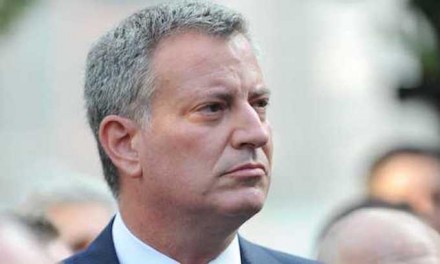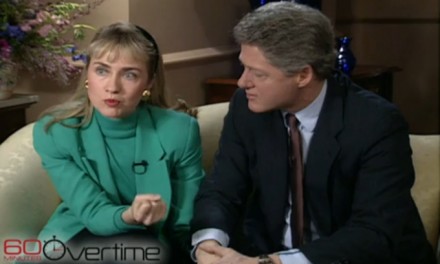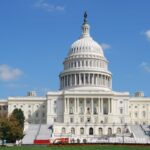Since their origins in the 19th century, America’s teacher unions have taken a stand for wide-ranging causes. Foremost among them, of course, has been more pay and benefits for their members, but the unions hardly have confined themselves to the issues that come up at the collective-bargaining table.
Over the years, teacher unions also have emerged as: consummate political players, dispensing donations and endorsements to their anointed candidates; policy advocates, opining on wide-ranging issues pending in the legislature or appearing on the statewide ballot; public scolds, declaring boycotts of businesses whose practices or affiliations they don’t like.
They even have achieved what could be the ultimate stretch for organized labor — reaching into the ranks of management itself and organizing. Just last month, the board of Denver Public Schools — Colorado’s largest school district — voted to recognize the new Denver School Leaders Association so it can collectively bargain for the district’s principals and vice principals.
With unions like the National Education Association, its affiliated Colorado Education Association and the Denver Classroom Teachers Association wandering so far afield, you have to wonder how much bandwidth they have left for what is supposed to be their members’ core mission: teaching kids. That’s particularly so when some of their bandwagons appear to be on a collision course with that same mission.
Consider:
* Union support for a highly controversial — and, it seems, increasingly unpopular — proposal now pending before Denver’s City Council to reinvent the city’s zoning code. It not only would allow community corrections facilities like halfway houses for ex-cons into most city neighborhoods — but it also would eliminate 1,500-foot buffers that currently shield schools from those facilities. And the Denver Classroom Teachers Association has given the proposal its unqualified endorsement. The local union’s housing committee helped drum up support for the proposal, according to the neighborhood group Safe and Sound Denver. The quest to scrap conventional zoning in that regard is touted as a stride for social justice and racial equity. But what risks does it pose for kids and their neighborhoods?
* Colorado’s teacher unions have been among the foremost foes of returning kids to class amid a lingering pandemic that, by almost all epidemiological measures, poses little practical risk to children. The latest data just in this week from New York City schools, revealing a low infection rate among school-age children there, reaffirms the sense that the coast is clear for a return to class. And yet, the Colorado Education Association and some affiliates have been dragging their feet at least since last July, at times even seeming to dig in their heels against a resumption of in-person learning. In a well-publicized campaign aimed at the state’s media, the unions at various points had suggested delaying the reopening of schools as well as the possibility teachers might refuse to return to work if an extensive list of preconditions wasn’t met in the name of curbing COVID-19.
* This is the same slice of the union movement that for decades has made a top priority of fighting almost every policy initiative — many of them bipartisan — to expand educational options like charter schools and impose accountability measures to gauge school progress. And where the public has elected school boards willing to embrace some of the reforms — in Jefferson County, in Douglas County and most recently, in Denver — the unions have opened their well-stocked war chests and helped anti-reform, pro-union candidates gain control of those boards.
All of which is perhaps inevitable given how unions traditionally and for the most part lean Democratic every election cycle. And when it comes to helping elect union-friendly school boards, it’s nothing more than a matter of taking care of business and looking out for their interests.
It just so happens those interests don’t often appear to include schoolchildren.
As the late American Federation of Teachers President Albert Shanker is said to have declared: “When schoolchildren start paying union dues, that’s when I’ll start representing the interests of school children.”
While his namesake Albert Shanker Institute calls the quotation apocryphal, it does provide some helpful context on the true role of teachers unions. Like any unions, they exist to increase the pay, power and prestige of their members. Improving the performance of public education simply isn’t in the equation. The unions’ loyalties are to their bottom line — members’ pay along with the dues they fork over to the union itself — as well as to organized labor’s political predilections in general.
Hence, a movement that threatened a boycott last year of Delta Airlines over that company’s labor dispute; that wades into Colorado’s fall 2020 statewide ballot issues with opposition to Amendment 76, requiring voters to be citizens, and endorsement of a national compact among states supporting a national popular vote.
A Colorado Education Association press release on the occasion of the state union’s “Virtual Get Out the Vote Rally” quotes national union President Becky Pringle: “We will not consent or concede to anything…anything that threatens our democratic rights.”
What threat she is referring to is unclear. What’s clearer is the rights of children to a better education will have to wait for another day.
___
(c)2020 The Gazette (Colorado Springs, Colo.)
Visit The Gazette (Colorado Springs, Colo.) at www.gazette.com
Distributed by Tribune Content Agency, LLC.
—-
This content is published through a licensing agreement with Acquire Media using its NewsEdge technology.



















Recent Comments